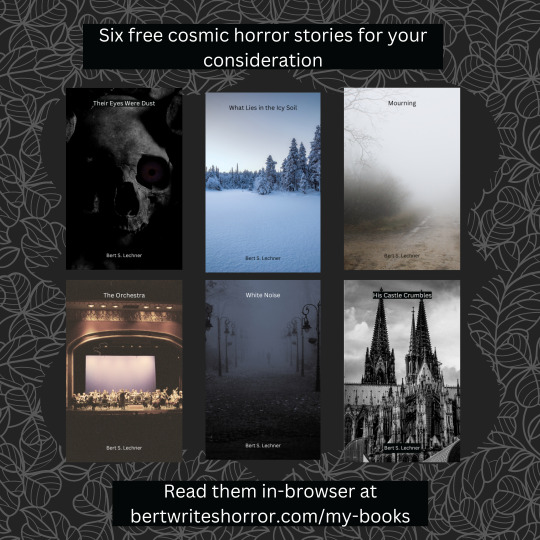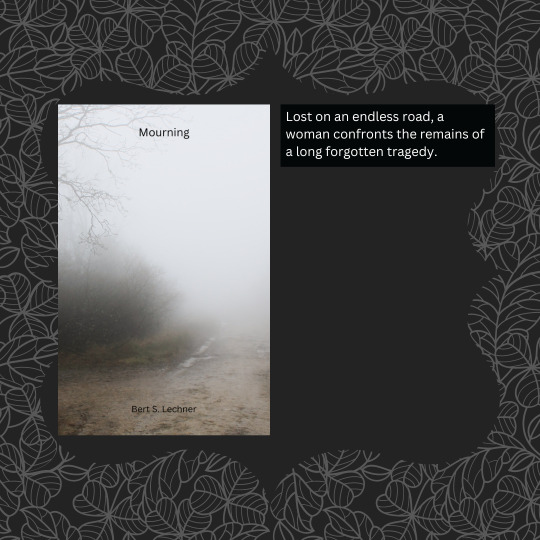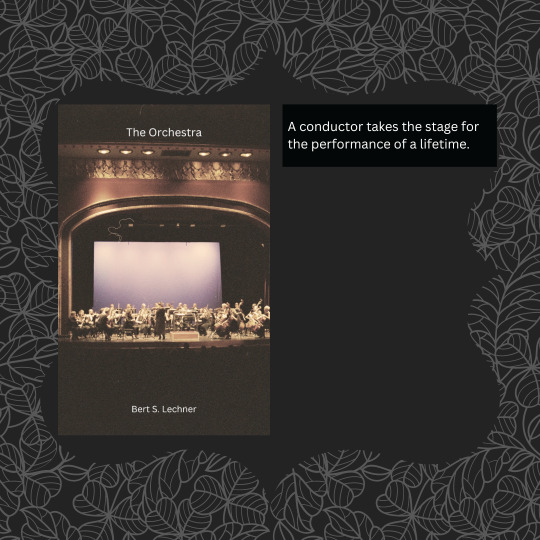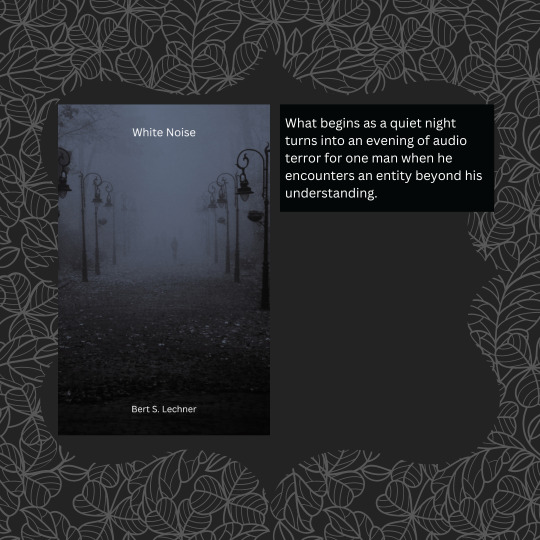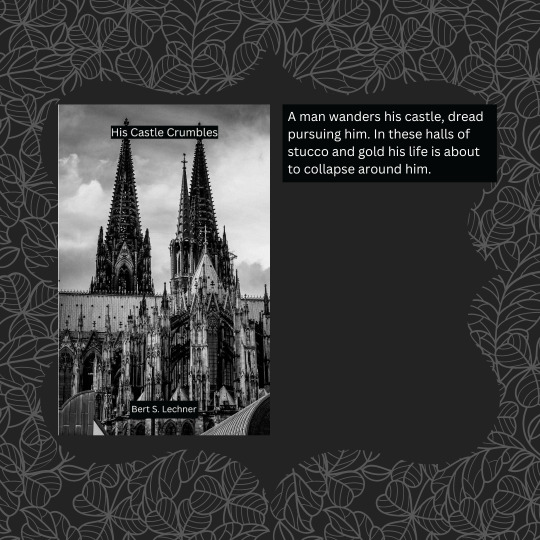#occult horror
Explore tagged Tumblr posts
Text
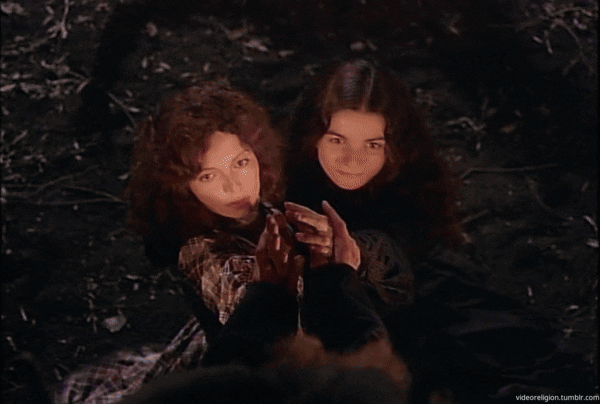
Alucarda (1977)
#Alucarda#Alucarda la hija de las tinieblas#Alucarda the daughter of darkness#Juan López Moctezuma#horror film#supernatural horror film#Innocents from Hell#Sisters of Satan#Carmilla#Susana Kamini#Tina French#Tina Romero#occult horror#gifs#gif#my gif#my gifs#nunsploitation#cult cinema#cult film#cult movie#horror movie
282 notes
·
View notes
Text
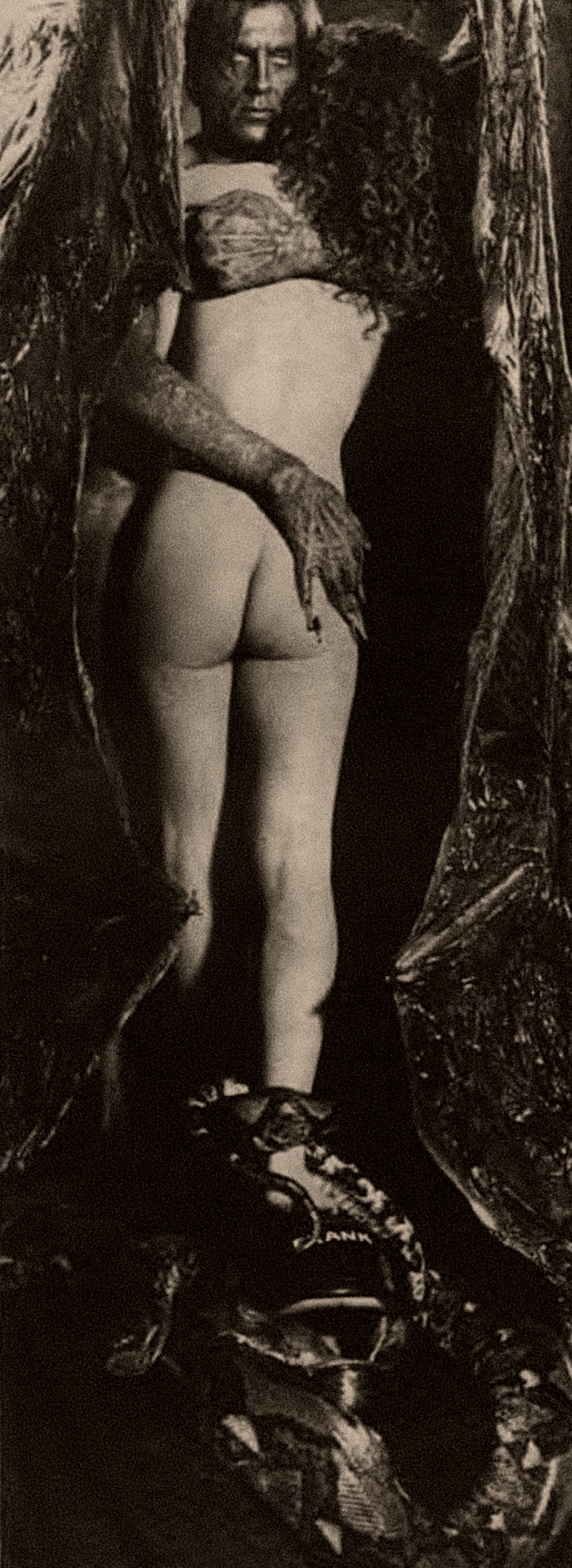
La chiesa (1989)
422 notes
·
View notes
Text










The Mephisto Waltz, 1971, dir. Paul Wendkos
#The Mephisto Waltz#horror aesthetic#horror movies#70s horror#SATAN! SATAN! SATAN!#occult horror#surreal horror#alan alda#im not gonna lie i was reading the satanic screen and decided to watch this movie entierly because it stars fucking alan alda#gorgeous horror
92 notes
·
View notes
Text
Cthork Borgterview
The extremely excellent RPG Reanimators invited me onto their podcast to talk about my pulpy 1920s horror rpg hack, Cthork Borg.
This had the following effects:
-Several pieces of horror media get recommended, all of which I think are good
-We get decently deep into the weeds about game mechanics and design, specifically re: stripped down d20
-I realize I like the sound of my voice, this is actually momentous, please clap
RPG Reanimators were fantastic hosts, and guesting on their show was a great experience. They also have a ton of horror and pulp actual plays on youtube. Check them out!
#ttrpg#ttrpg homebrew#ttrpgs#ttrpg design#indie ttrpgs#rpg#indie ttrpg#tabletop#rpgs#cthork borg#mork borg#osr#occult horror
27 notes
·
View notes
Text
Gothic Fiction Plot Structures
Ancient curse afflicts family Mysterious mansion holds secrets Gothic romance with supernatural Haunted estate inheritance Dark family legacy revealed Ghostly warnings/prophecies Gothic horror psychological twist Victorian supernatural mystery Doomed gothic love story Ancestral sins surface Trapped in cursed manor Gothic psychological horror Sinister servant revelations Occult ritual discovery Religious horror elements
#gothic horror#gothic romance#haunted mansion#family curse#dark mystery#victorian gothic#supernatural horror#gothic aesthetic#haunted estate#family legacy#gothic literature#psychological horror#gothic fiction#dark romance#cursed bloodline#gothic mystery#haunted house#victorian horror#ancestral sins#supernatural elements#religious horror#occult horror#gothic atmosphere#psychological suspense#dark secrets#gothic mansion#period horror#victorian mystery#gothic suspense#haunted legacy
11 notes
·
View notes
Text


"Soul compatibility has never looked scarier."
On June 1st, 1967, Nirvana Kings and her friends went camping in Drummore Pines. They had awakened something ancient and wicked, and its soul had latched onto Nirvana's.
She had become the vessel of The Unheard, and the woods had become a place of the damned. With each soul claimed, it has become bigger, expanding, moving closer towards the nearby towns.
---
Nirvana Kings is the first revamp of my old creepypasta character Nayabi Kimura. Similar to the first version, I've incorporated body horror that's based on trees, though now it's straight up demon possession rather than a revenge plot.
I'll work on a character profile later! Hope you enjoy!!
#creepypasta#creepypasta fandom#creepypasta comic#creepypasta fanart#creepypasta oc#creepypasta original character#myart#my art#horror#occult horror#crp#crp fandom#crp fanart
30 notes
·
View notes
Text

DENIS WHEATLEY: THE KA OF GIFFORD HILLARY
#denis wheatley#pulp#horror#pulps#pulp horror#pulp art#thriller#thrillers#occult#occult horror#spiritualism#ka#black magic#magic#satanism#pulp book#halloween#happy halloweeeeeeen#all hallows eve#spooktober#spooky season
10 notes
·
View notes
Text
My First DNF of 2025

Greetings, adventurers, welcome back to the library!
2025 came in hot and fast. I'm not quite sure how it got here so early, or how January is already passing us by so fast. But with the new year comes new books - new goals, new challenges, new TBR lists. Going into this year, I decided to start a reading challenge. Something that would give me some direction for my upcoming reads, that way I wasn't stuck in a cycle of indecision. Which would ultimately end with reading nothing at all. Or five books at once. Both of those would be unfortunate outcomes.
I was scrolling through Pinterest when I came across this template -

I've never done a book challenge before, so I thought this would be an easy one to start off with. The very first book on my reading list for this was The Death of Jane Lawrence by Caitlyn Starling. I've owned it since its release in 2021.

The book is about a woman named Jane Lawrence, who is very independent and wishes for a marriage of convenience. Since this is a gaslamp fantasy, the story is set in an alternate version of Victorian-era England. Which means that Jane can't live on her own without a husband, but her care takers can't afford to bring them with them when they move. Thus enters Augustine Lawrence, the unwed town doctor. Although originally reluctant, he agrees to marry Jane on the condition that she never come to the family manor, Lindridge Hall.
It's a good premise for the suspenseful gothic horror book it was supposed to be.
However —
That is about where the decent things I have to say about it goes. This is not the book I thought I was waiting four years to read. I started the book three or four times, but never really got past the first third of the book. This time, I was three-quarters of the way through before I decided enough was enough.
In the beginning of the book, Jane was a stubborn woman determined to keep her independence no matter what. She wanted a marriage of convenience with a husband who’s nice and understanding. She doesn’t want to marry for love or have a gaggle of children. She just wants to live her life; while seeming to do what society expects of her.
This characterization of Jane does not last long. Almost as soon as Augustine steps into the room for her interview and marriage proposal it all gets thrown out the window. She's blushing and flustered, the entirety of her strong will seems to melt away for some kind of instalove.
Jane goes to his surgery, as a test to see if she can truly be a doctor's wife, where a patient comes in with a strange bowel obstruction. He ultimately ends up dying, but not before Augustine calls a friend who handles mental patients who study magic (foreshadowing). Jane, of course, isn't prepared for all the blood and death. She just wanted to be an accountant. The book does a good job, as a whole, showing how someone who isn't prepared for a surgeon's life handles death and disease. Which is to say, Jane is definitely traumatized.
Jane and Augustine get married rather quickly after that, but the carriage takes them to the family manor after the ceremony. Since Jane promised she'd never go, they turn around to take her back to town. However, a storm comes and washes out the road, which causes the carriage to overturn. Jane treks back on foot to Lindridge Hall.
This is about where things begin to go downhill. Jane is suddenly absolutely swooning for Augustine. They consummated their marriage, and then Jane can't bear to look at the bed. Augustine's pushy college friends come to visit, and Jane discovers they've been working magic. I usually think secret occult societies at a college are such a fun addition. But after this introduction, the whole story just kind of gets messy.
Jane starts seeing things, Augustine gaslights her into thinking that its a dream. Then all of the sudden he's trapped in the basement and Jane has to get him out by staying awake for seven days and doing outrageous things. I will say, it's interesting to watch as Jane becomes an unreliable narrator. She isn't sure if she's asleep or awake, or if the things she's seeing are real. Also, the first couple of times Jane does the ritual for the Work - it gave me goosebumps. Unfortunately, those moments are few and few between and fleeting.
The middle into the last third of the book, things are happening. But it also feels like nothing is happening at the same time. I spent a lot of time confused, which is ultimately why I ended up giving up on it. I wasn't sure if I wanted to read the last 150 or so pages. Jane's trip through her seven sleepless days became a bit tedious to read. Even then, she was doing to get a chance to open the basement back up to let out Augustine. Who, I think, was trapped by his dead wife that he performed a ritual on because she was dying? That's around the part I start getting a little hazy.
Overall, I just didn't enjoy the book as much as I was hoping I would. I ended up giving it only 2 stars. If you like gothic, occult books - you could give it try and see if it's your cup of tea. I might try again in the future and see if my opinion of it changes any. But, for now, it's sitting on the DNF shelf, right next to Beneath Devil's Bridge and What Moves the Dead for me.
Thanks for reading, I hope you stop by the library again soon!
- Whisper
Let Me Know: Have you read The Death of Jane Lawrence? If you did, what did you think? What books have you DNF'd and why?
#book blog#book review#booklr#books and libraries#books and reading#bookworm#horror books#writers on tumblr#dnf#did not finish#the death of jane lawrence#gothic book#horror book#occult horror
4 notes
·
View notes
Text
The Skull (1965) 💀
Director: Freddie Francis (Amicus Productions) Genres: Thriller, Horror, Occult 💀 Notes: Christopher Lee, Peter Cushing, Patrick Wymark, Great Sets and costumes, occult, supernatural, demonology, possession, haunted object, absolutely loved it!
Review: This is easily going into my top 1960's horror films. It has everything you could want from a horror film from this age. From the creaking gate in the cemetery opening sequence to the wonderfully detailed study of Dr. Christopher Maitland it's a film that's vintage visual candy. Even the practical FX, sets and lighting used for the hauntings of the Skull made this film feel like a fun time. The story is paced well and with acting from the legendary Peter Cushing as the lead and Christopher Lee in a supporting roll as a fellow collector this is a film I'd recommend as a great way to start your delve into 60s horror or at least added to the top of your to-watch list. Overall I give The Skull (1965): Must Watch 🖤🖤🖤

#horror films#60s film#horror#movie review#thriller#occult#occult horror#marquis de sade#christopher lee#peter cushing#the skull#freddie francis#supernatural#patrick wymark#demonology#antique#vintage film#vintage#haunted objects#start here#gothic#goth
14 notes
·
View notes
Text










#metal noir#1990#vhs#David R. Williams#horror#sov horror#supernatural horror#dark god#satanic#occult horror#michelle king#Scott Muir#Charles Pinion#Judy Jackson#Hugh Gallagher#sovhorror.com#srs cinema
3 notes
·
View notes
Text

Alucarda (1977)
#Alucarda#Alucarda la hija de las tinieblas#Alucarda the daughter of darkness#Juan López Moctezuma#horror film#supernatural horror film#Innocents from Hell#Sisters of Satan#Carmilla#Susana Kamini#Tina French#Tina Romero#occult horror#gifs#gif#my gif#my gifs#nunsploitation#cult cinema#cult film#cult movie#horror movie#kiss
242 notes
·
View notes
Text
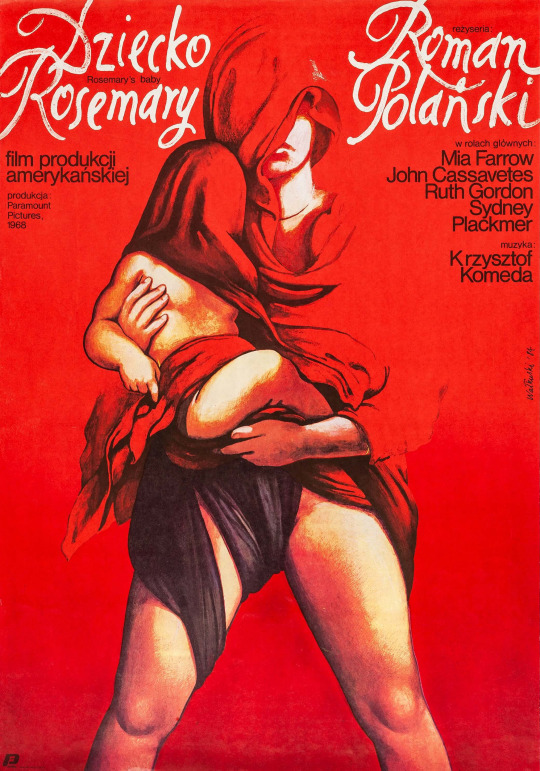
Rosemary's Baby (1968)
Polish poster, art by Wieslaw Walkuski
#rosemary's baby#mia farrow#john cassavetes#1960s horror#1960s movies#1968#roman polanski#occult horror#wieslaw walkuski#movie posters
110 notes
·
View notes
Text



Nosferatu, 2024, dir. Robert Eggers
24 notes
·
View notes
Text
Never Stop Calibrating
So I released a tabletop rpg a little while back. It's about 1920s occult horror.
The core book's about a hundred pages, and I've kind of released seventeen or so supplements for it as well, so it's getting up there in page count.
I've also been playtesting it, playtesting the supplements, running demo games, making corrections when I find something broken, and somewhere in this process I foolishly assumed I polished all the bugs out.
The thing is, even games that are as old as history, games like go and mancala that have been polished smooth by the river of human interaction, can still be tweaked just a *little* bit. Optionally, of course. To better suit a specific group of players.
And ttrpgs as an art form are (probably) younger than go and mancala, and are way rougher around the edges, and yeah I found some more stuff in my game I wanted to adjust.
I think this is kind of just the process, though. I think as long as people are playing ttrpgs, they're changing them. This happens at the micro level all the time, with GMs making house rules and tables agreeing to play in particular ways (lines and veils, discouraging or encouraging pvp, steering towards or away from romance and drama.) But it also happens at the macro level. There's a whole old-school revival about bashing 1e into increasingly refined or increasingly alien shapes. Heck, 2e's probably due for its own renaissance soon.
And the outcome of all of this is that a game is never really done. Sure, I'm doing active updates for this thing, but even if I weren't, all it would take for the game to change would be for someone to pick up and play it, maybe make a houserule or two, maybe scribble a fanhack in the margins.
And that's kind of sweet, honestly.
The folks who designed go, mancala, chess, final fantasy, punch out, the quiet year, gubat banwa, beyond the fence below the grave, have created these little perpetual motion machines that grow and change for as long as we do.
#ttrpg#ttrpg homebrew#ttrpgs#ttrpg design#indie ttrpgs#rpg#indie ttrpg#tabletop#dnd#rpgs#mork borg#cthork borg#survival horror#occult horror#1920s
63 notes
·
View notes
Text











The She Beast (1966)
What happens when you can only afford Barbara Steele for one day? This, apparently. A movie that is okay, as long as you don’t think too hard about its premise. A British tourist in Transylvania gets possessed by the spirit of an ancient witch after driving into a lake, and now it’s up to her husband and a Van Helsing dispossessed of his aristocratic status by the communist government. Yeah… that’s another thing. This film also goes to great efforts to show the “Horrors of communism” in Eastern Europe, but does so through a lens with so little subtlety that it’s surprising that it wasn’t made in America. Depicting the government as oppressive, yet incompetent, in a way that is at best slightly at-odds with the tone of the rest of the film, and at worst devolves into complete slapstick comedy. Beyond that, it just kind of goes from point A to point B without much in the way of interesting diversions or developments.
4/10
#4/10#1960s#horror#horror movies#occult horror#1960s horror#60s horror#barbara steele#The She Beast#Revenge of the Blood Beast
8 notes
·
View notes
